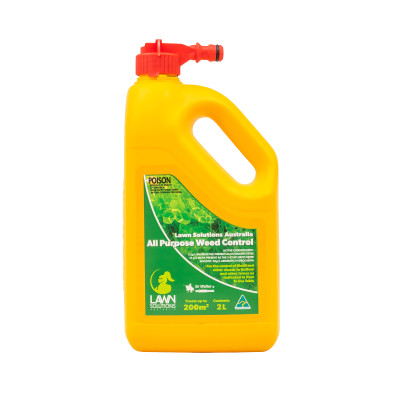A healthy lawn is built on healthy soil.
Many homeowners ask the question, “What’s wrong with my grass?” 9 times out of 10 the people you ask for help, whether it be your friend, your local nursery, the guy mowing the house next door, or the hardware store, they will ask you, “how much water do you give your grass” or “do you fertilise enough?”
Even though these are good questions to ask, my question to you is, “What is your soil type and how was it prepared?” Your soil type and preparation will determine if you’re watering too much or not enough. Just as the foundation of a house is important to make sure it won’t fall down, a healthy soil foundation of your lawn and gardens is important to ensure it can flourish. The poorer the foundation, the poorer the performance of your lawns and gardens will be.
Too much water can harm your grass, as will providing not enough water. So, knowing your soil is imperative in ensuring you are able to provide the right amount.
Soil Type
If you live in a coastal area, there is a high chance you will have a sandy soil profile and the water will flow through the sandy profile easily, leading it to dry out quickly. Which means you will have to water your lawn more often. There is a lot of space and air between sand particles, so the soil won’t hold a lot of water and will move quickly through your profile. This soil type has a ‘low water holding capacity.’
If you live out in the suburbs away from the coast, the majority of soil types are what we call a heavier soil (loam, clay loam or clay) which has less space and air between the soil particles. The higher the clay content, the smaller space and air between the soil particles become. This means that more water will stay within the soil, reducing the downward movement of water. These soil types have a ‘high water holding capacity’ which can lead to them being easily overwatered.
Heavier clay soils are very tight, sticky, and bind together making compaction a common problem. Compaction can result from high foot traffic from kids running around kicking a ball, dogs using the same spots to run on turf areas, for example. This compaction reduces water’s ability to move deeper into the soil profile.
Healthy Soil Foundation is key.
Why? Because this is where the roots of your grass grow. The amount of water the roots can access from the soil, will ultimately determine how strong the roots can become. When you have healthy soil, your grass has a higher chance of being healthier too. If your soil dries out too quickly your roots can suffer and die, if you over water, your roots can be drowned. If you can’t get water into the soil due to compaction, your roots will starve of hydration. These issues below ground are what causes an unhealthy and weak lawn aboveground. Just as what happens below your house can be seen above ground, in things like cracking and moving walls.
So, what is your soil type? How was your soil prepared? Was new soil added and blended with existing soil and how much depth of new soil do you have? Does your grass need better drainage? The answers to these questions will determine root health and the long-term health of your grass.
Check out our blog here for some more tips on the right soil foundation or for top dressing your lawn.



